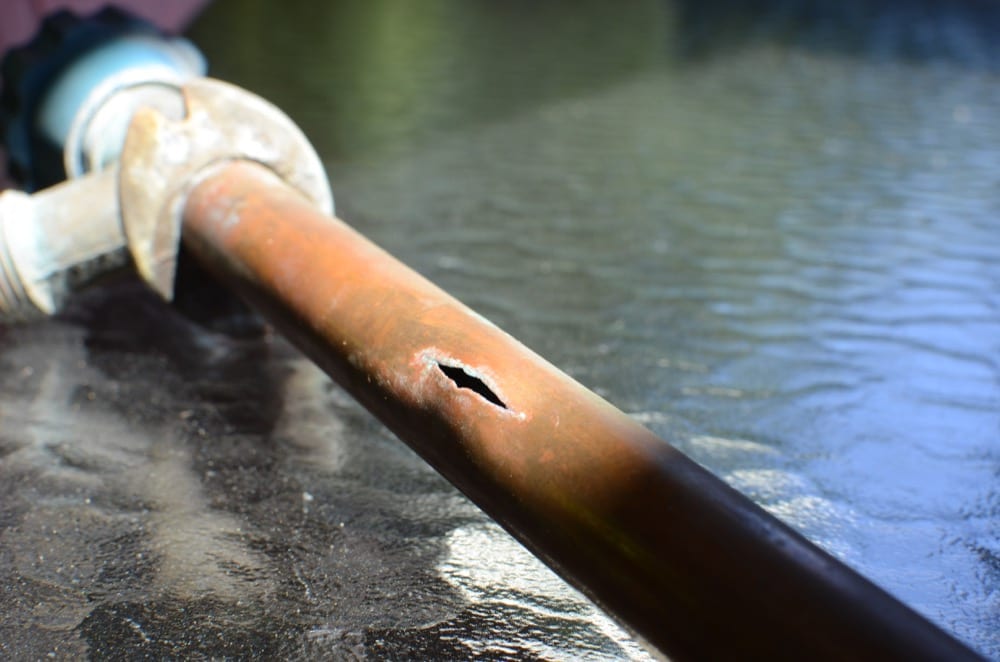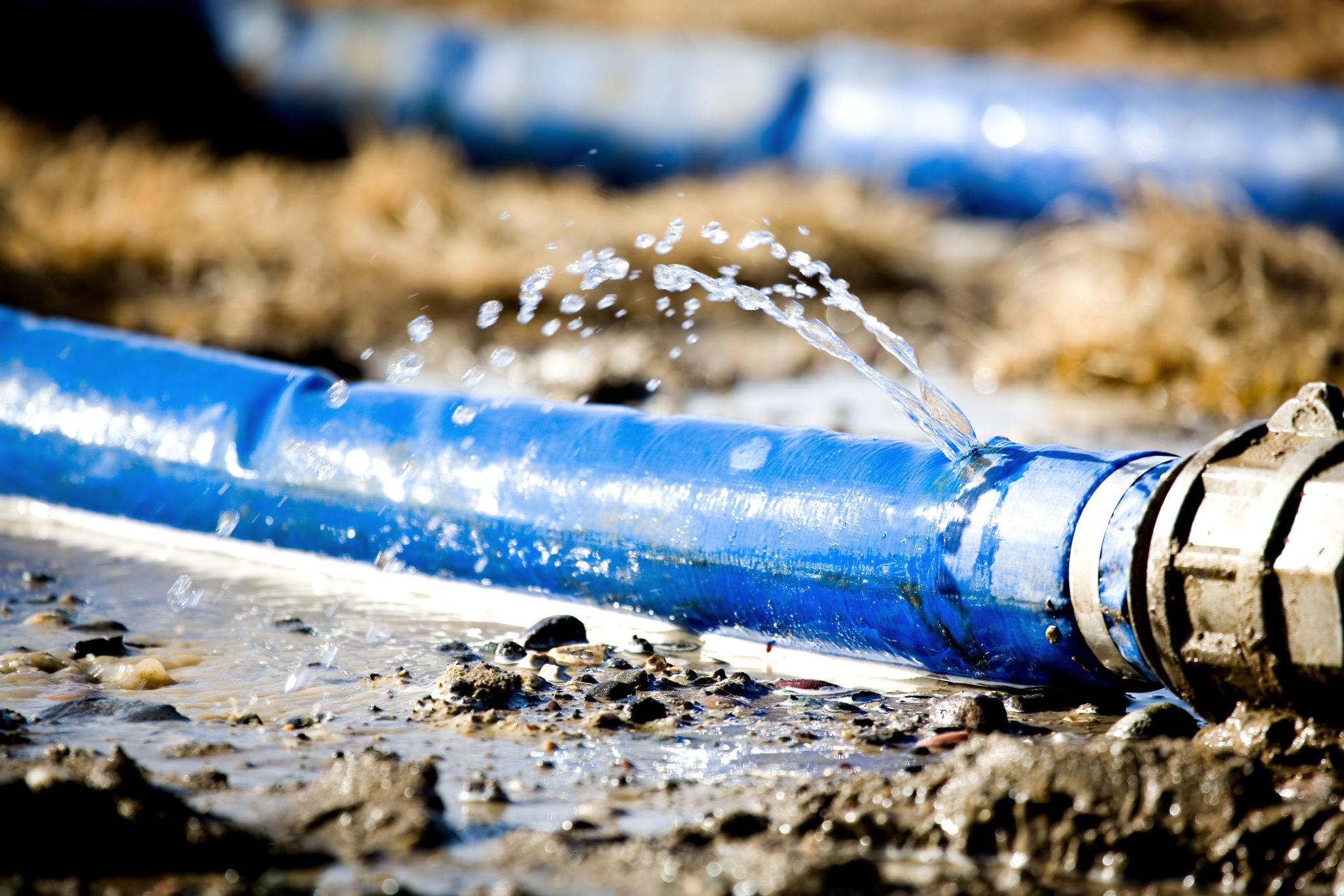What're your opinions about How to install a dishwasher safely?

A ruptured pipe is a significant emergency; you can only stand as you enjoy water you pay dearly to rejoin with the earth. In even worse situations, you see a pool on your cooking area floor, which is a wonderful trip threat, particularly if you have youngsters around. If the pipe that ruptured was in your wall surfaces, bad news: you may require to repaint that whole area.
Exactly how can a tragedy like a burst pipeline be avoided and also managed? Well, by paying attention to your professional emergency plumbing technicians and complying with these rules.
Exactly how do I recognize when my pipes have ruptured?
Fluctuating water pressures
Pipelines do not simply burst in a day. You may have discovered that your kitchen tap or shower does not run immediately when you turn the tap. It might pause for a few secs and then blast you with even more pressure than usual.
In other instances, the water might appear normal at first, then drop in stress after a couple of seconds.
Wet wall surfaces and water spots
Before a pipe ruptureds, it will certainly leak, a lot of times. If this relentless leaking goes unnoticed, the leak may graduate into a large tear in your pipeline. One easy method to avoid this emergency is to watch out for damp wall surfaces advertisement water stains. These water stains will lead you right to the leakage.
Puddles under pipelines and sinks
When a pipe bursts, the outflow develops a pool. It might show up that the pool is growing in dimension, as well as regardless of the amount of times you wipe the puddle, in a couple of mins, there's one more one waiting to be cleansed. Often, you may not be able to trace the puddle to any noticeable pipelines. This is an indicator to call a specialist plumber.
Untraceable trickling sounds
Pipeline ruptureds can occur in the most unpleasant places, like within concrete, inside wall surfaces, or under sinks. When your house goes quiet, you may be able to hear an irritatingly persistent leaking noise. Even after you've checked your shower head and kitchen area tap, the dripping may proceed.
Precious visitor, the dripping might be originating from a pipeline inside your wall surfaces. There isn't much you can do about that, except inform a professional plumber.
Turn off the Water
When water ices up, it broadens in volume by about 9 percent. And also it increases with significant pressure: The pressure inside pipes may go from 40 extra pounds per square inch to 40,000 psi! No pipeline can hold that much stress, so it breaks open. The break might happen where the ice types, but more often, it takes place where water stress discovers a vulnerable point in the pipe. That may be inches or perhaps feet from the icy location. Discover the water shutoff valve as well as turn off the water to prevent even more damage. You might also require to turn off the power also, depending upon where the leaks takes place as well as exactly how big it is.
Infected water
Lots of people presume a burst pipe is a one-way electrical outlet. Rather the contrary. As water flows out of the hole or wound in your plumbing system, impurities discover their way in.
Your water might be polluted from the resource, so if you can, examine if your water storage tank has any troubles. Nevertheless, if your drinking water is provided as well as purified by the local government, you ought to call your plumber immediately if you see or smell anything funny in your water.
What do I do when I spot a ruptured pipe?
Your water meter will certainly continue to run even while your water wastes. To reduce your losses, find the major controls as well as transform the supply off. The water pipe are an above-ground framework beside your home.
How to Fix & Detect a Leaking Pipe
How Do I Know if a Pipe is Leaking?
Leak detection tests can help you determine if your pipe has a leak. Even if you don’t see an apparent leak, you should still conduct leak detection tests regularly to save water and money—and prevent major damage to your home.
Water meter. It can be helpful to figure out what your usual water meter usage numbers are and then monitor them regularly. To monitor your meter, first, turn off all water faucets in your home. Check the meter and write down the numbers. In a few hours, check the meter again. If the numbers have changed, you have a leak. Water gauge. Use a water gauge to test your water pressure. Your showerhead should produce a certain amount of water pressure based on its model and design. If the pressure is lower than it is supposed to be for that specific showerhead, your home likely has a leak. Puddles. Look inside your bathroom, laundry, and kitchen sink cabinets. Puddles around the cabinets or around toilets, tubs, showers, and washing machines indicate the presence of a leaking pipe. You may also notice loose tiles, peeling or flaking paint, or mold caused by water accumulation. Napkin test. Even if you don’t see any puddles, you may still have a leak. You can test for water leaks in the bathroom, laundry, and kitchen by wiping below-sink connections with a napkin, paper towel, or piece of toilet paper. If it becomes damp, you probably have a leaking pipe under the sink. Discolored walls. Walls that are discolored—usually with brown or yellow stains—or bulging might mean that they have been impacted by water damage caused by a leaking pipe. Smell. A leaky pipe will create sitting water, and over time, that water may develop a musty smell. If your home smells musty, but you can’t locate the source, it may be due to a leak. Steps for Fixing a Leaking Pipe
A leaky drain can be remedied by tightening the pipe base, replacing the drain seal, caulking the rim, and tightening the pipe nut. Similarly, a leaking toilet pipe can be treated by tightening the packing nut. You may also need to replace the valve. A leaky faucet may just need tightening or replacement of the washers. If that doesn’t work, consider replacing your faucet. If your pipe has a hole in it, you may want to use a pipe leak sealer or pipe leak tape. This quick fix for water pipe leaks can also temporarily fix a copper pipe leak. https://www.ahs.com/home-matters/quick-tips/how-to-tell-if-pipes-are-leaking/

We were made aware of that write-up on How to install a dishwasher safely from a friend on another website. Sharing is caring. Helping others is fun. I cherish reading our article about How to Prepare for Your Dishwasher Installation.
No more stress, ring now.